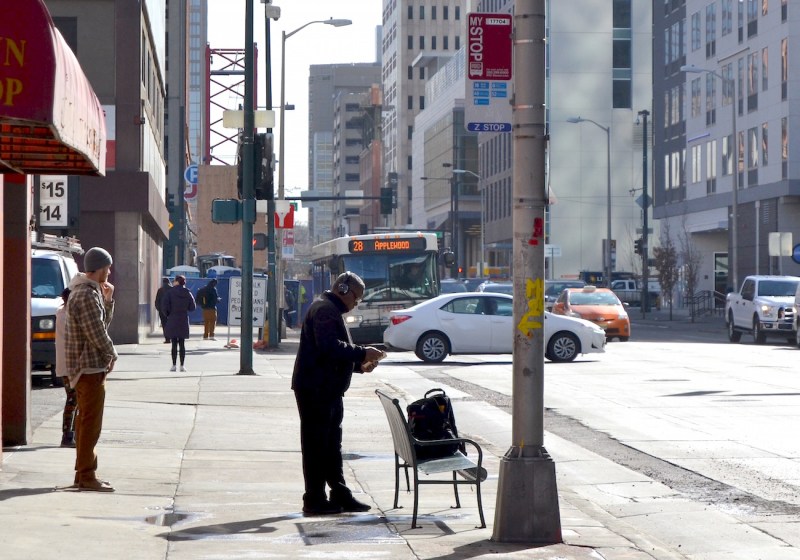Denver’s Cut of the State Transportation Bill, and How Hancock Should Fund Car Independence

On July 1, Denver will receive an extra $7.4 million from the statewide transportation funding deal struck Tuesday at the capitol, according to the Denver Budget and Management Office. The city will receive an extra $2.2 million next year.
In theory, the Colorado Department of Transportation could match the $10 million through its newly established “miltimodal” fund, giving the city $20 million to spend on walking, biking, and transit.
To be clear: $10 or $20 million over the next two years is a drop in the bucket, and urban transportation was never the point of Senate Bill 1. But if Mayor Michael Hancock is serious about finally prioritizing the movement of people over shoving more cars through city streets, he will dedicate all of it — and more — to unfunded and underfunded transit, biking, and walking projects.
According to Hancock’s own Denveright Pedestrians and Trails Plan, it would take 220 years to build out the city’s spotty and shoddy sidewalk network at current funding levels. The city’s first-ever transit plan, which lays out a blueprint for a frequent bus and rail grid, is almost entirely unfunded — and there’s no public estimate of what it will cost. The city’s bike plan is a little better off thanks to last year’s bond measure, but still decades away from completion.
There’s no excuse not use the new revenue for these plans. They represent what Hancock claims to care about: cutting solo driving commutes from 73 percent to 50 by 2030 and doubling the share of walking, biking, and transit trips in the process. He has claimed to be $350 million short of achieving those goals, so the city can’t afford to sit back here.
The legislature also removed spending restrictions Tuesday, cutting the strings once attached to state transportation money. The new revenue comes from Colorado’s Highway Users Tax Fund, which provided $21 million for Denver transportation last year. Previously local governments could not spend more than 15 percent of that allocation on transit, but the removal of those restrictions means Hancock’s budget can begin to reflect his stated priorities.
There’s another more lucrative funding source, separate from the legislature funding, in the works. Voters will see a sales tax measure on the November ballot aimed at raising more statewide transportation revenue, with a local annual cut for Denver estimated at $27.5 million starting in 2020. (The estimate, from Denver’s budget office, is based on a sales tax increment of .62 cents. The Chamber could pitch a sales tax increment of .35 cents, a half cent, or a full penny instead.)
This money would also be available to fund the things electeds say they want. They’ll have to pony up to ween Denver off of its car addiction by reorganizing streets to prioritize buses and make walking and biking not only possible, but convenient and safe.
To do otherwise would be to renege on promises made to Denverites aching from traffic that keeps buses full of people stuck behind near-empty cars — people who deserve the freedom to bike and walk wherever they want, but can’t, because streets are built for lethal speeds without infrastructure that makes them palatable for anything except the very thing that creates traffic: unfettered driving.


